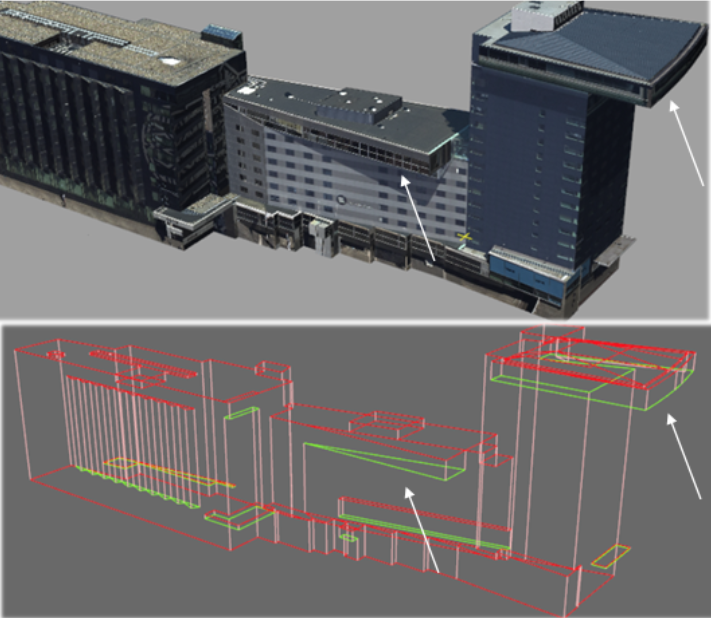Get started with your 3D Digital Twin
- Rick Klooster
- Dec 1, 2020
- 3 min read
Updated: May 21
Rick Klooster is CCO at Future Insight and an expert in the field of 3D, GIS, BIM, open standards and information management. Due to his many years of experience in both government and business, he knows how things work on the work floor and he is able to empathize with the needs and interests of the various stakeholders.
I would like to tell you more about how you can take the first concrete steps towards your own sustainable and scalable 3D Digital Twin and what you should take into account.
I have indicated it before: it is important to start working from concrete user needs on the one hand. This ensures that you solve real problems and do not get bogged down in purely technical discussions. This can very easily be supporting an information evening about the new developments in the city where you want to show 3D designs in its environment. But also mapping flooding during extreme precipitation or the effect of greenery on heat stress in an urban environment.
Next, do try to take into account the second important point I mentioned as best you can. Build your 3D Digital Twin according to open standards such as #CityGML and #IFC. This is how you build that scalable and flexible central 3D ecosystem step by step, which you can use again and again when a question arises in which 3D is relevant. After all, you don't want the experiences, data and technology you are building up now to be gone after this project or experiment. Make sure that the data that is created for the project belongs to you, that it is delivered to you and that it is built according to open standards.
In practice, I notice that there is still a lot that is unclear about those open 3D standards and why they are so important. Actually it's very simple. Compare it with the standard structure of map material such as the BGT or zoning plans. Because they are more or less the same everywhere and are structured in the same way, everyone knows what they can do and you can easily read and (re)use them in all kinds of applications. In 2D we take this completely for granted and in 3D it should of course be. This is where #CityGML for 3D city models and IFC for #BIM provide a solution. They are international standardized open data models with which you can, by connecting to them. assured yourself of a certain quality in construction and reusability.

But just like with BGT and zoning plans, building a good CityGML file with the right content structure is not self-evident. Precisely because of the 3D component, there are more things that can go wrong. Planes and lines that intersect or are the wrong way around on the 3D model. Way too many lines making the 3D model way too heavy or simply naming objects incorrectly. Keep it up. This neat structure is very important to be able to work well with the models.
High accuracy is also important to be able to offer the right added value. And this in turn depends on your source material on the basis of which your 3D city model is built. Think of the annual photo flight, oblique photos and any point clouds. These are now often collected independently of each other and at different times, usually not taking into account the desire to eventually make a 3D model. This often leads to disappointment because they cannot be combined properly or the desired quality cannot be achieved. Precisely by having these products collected and processed in one go during the annual photo flight, opportunities suddenly arise to purchase a high-quality 3D city model and possibly 3D mesh at a reasonable price.

We have now actively started this combined approach with the partners from the Netherlands in 3D, in which we are tackling the 3D Groningen project in an integrated way, for example. In this case together with Kavel 10 for the integral collection and Avineon for high-quality processing into CityGML. We offer the online access in the open database and web interface from Future Insight with our own viewer in the Netherlands in 3D. In this way everything is arranged in one go, you are sure of good quality, performance and the correct use of the open standards.
Are you now also interested in really getting to work on your 3D Digital Twin, on November 5 we will hold a webinar from the Netherlands in 3D collaboration about the possibilities. You can watch it again at this link.
If the question is already more specific, please contact us directly. We look forward to working with you to see how we can make this as concrete as possible.
Want to know more?
Do you want to know more? Jaan is happy to tell you more about it.



